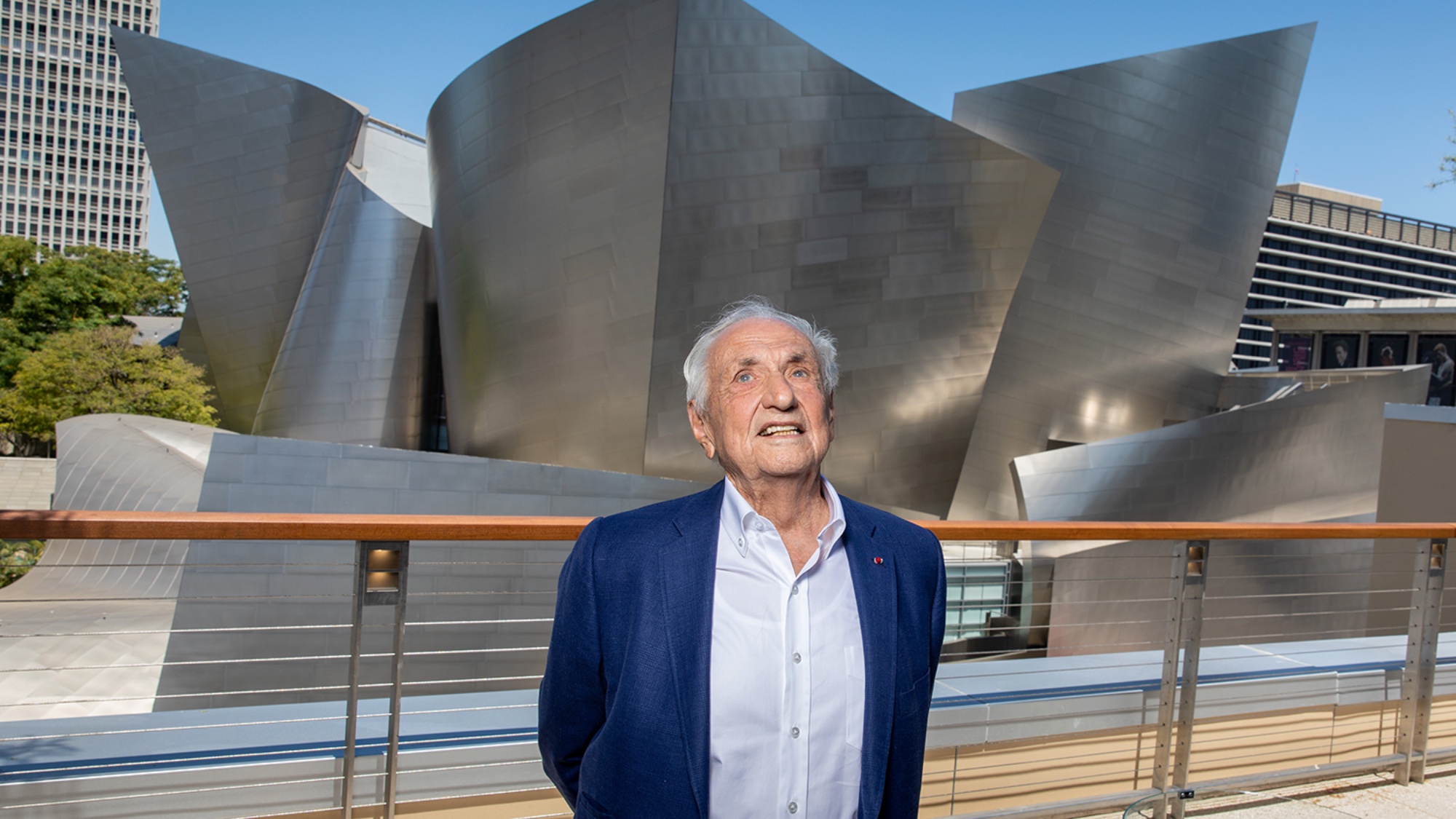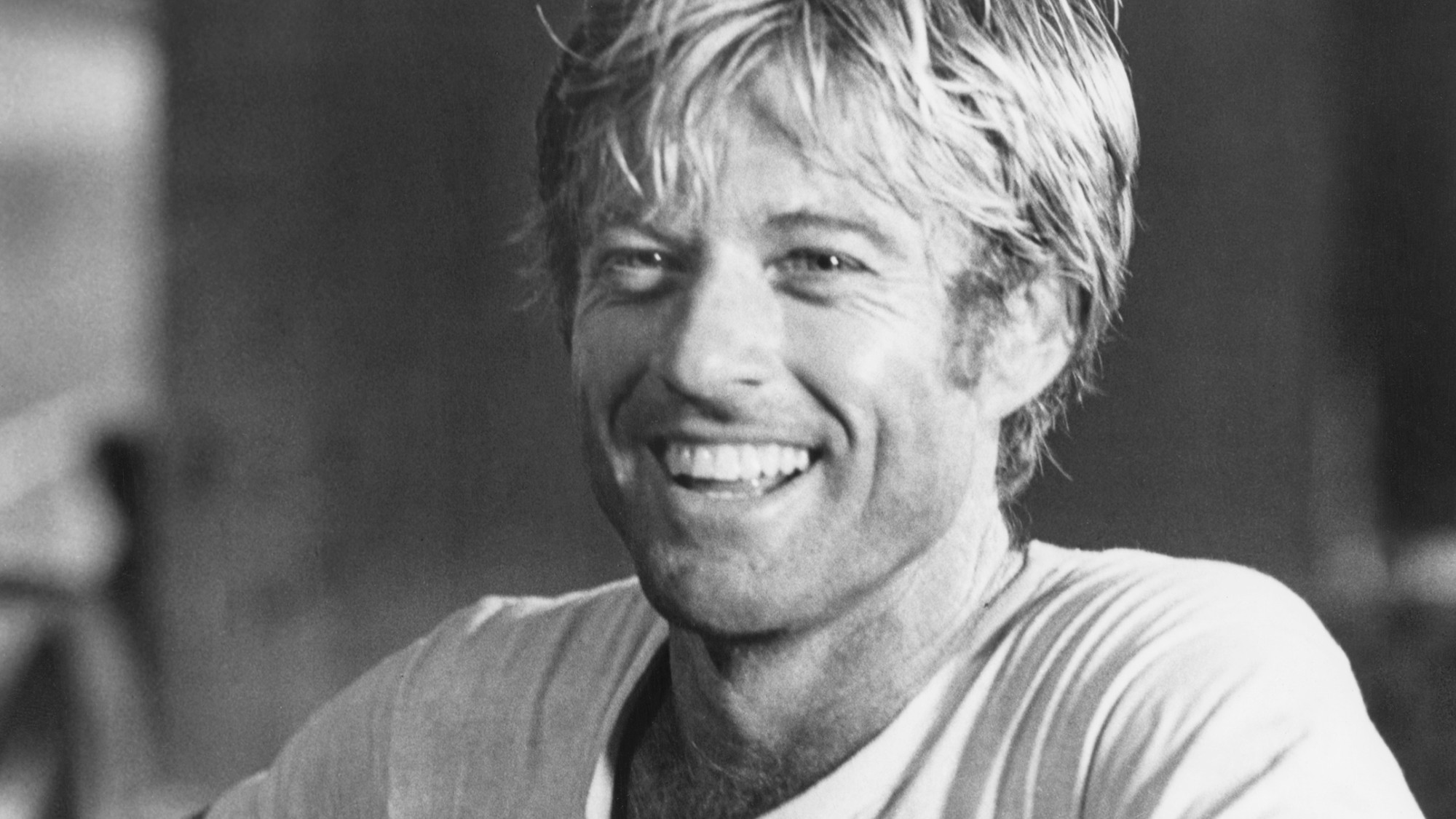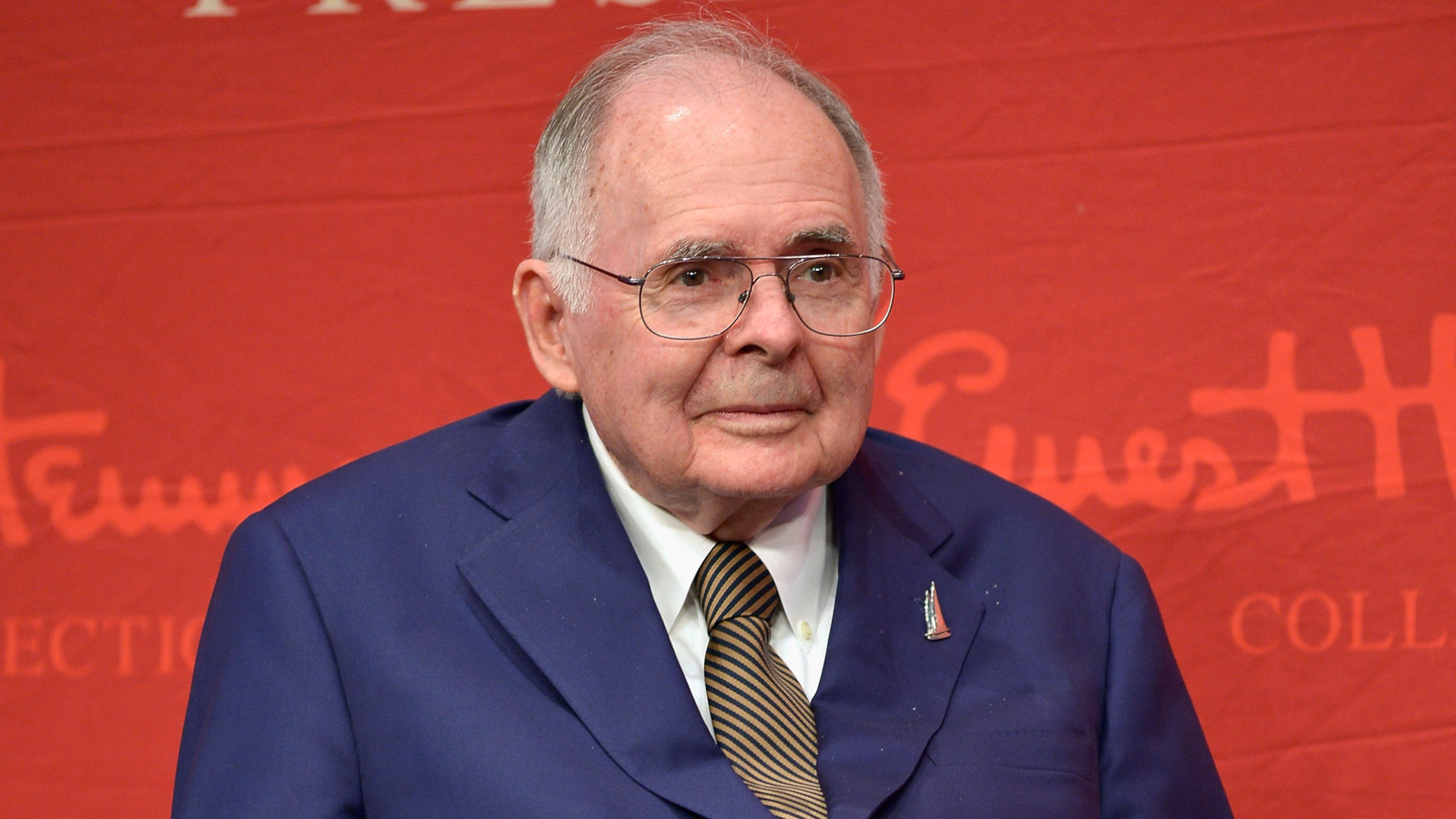Thomas Messer, 1920–2013
The director who tended the Guggenheim
As director of New York’s Guggenheim Museum, Thomas Messer brought many works of fine art to the distinctive, spiraling rotunda designed by Frank Lloyd Wright. He was initially not a fan of what he called the building’s “circular geography of hell,” but he figured out how to make the best of it. Messer had special plinths installed that allowed sculptures to sit square with the sloping floor rather than strictly upright, so that they didn’t appear tilted, as he said, in a “drunken lurch.”
Born and raised in Bratislava in what is now Slovakia, Messer sought to study chemistry in the U.S., said The New York Times, but “his travels abroad began inauspiciously.” A day after he set sail from Liverpool on Sept. 2, 1939, Britain declared war on Germany, and Messer’s ship was torpedoed by a German U-boat. A second journey was more successful. He eventually quit chemistry to study art, first at the Sorbonne in Paris, then at Harvard. He was director of the Guggenheim from 1961 until 1988, making his tenure “one of the longest of a director of any major American art museum.”
The museum was built primarily to house Solomon Guggenheim’s collection, said The Daily Telegraph (U.K.). But its board was eager to convince his estranged niece Peggy to leave it her “fabulous” collection of modern art. The Tate Gallery in London had been aggressively courting the famously irascible collector, but Messer used his “Mittel-European charm” to persuade her to keep her collection in the family, writing her letters and repeatedly visiting her in Venice. Guggenheim changed her mind only after falling out with the Tate—reportedly after British customs officials quarantined “her beloved dogs” on a visit to the U.K.
The Week
Escape your echo chamber. Get the facts behind the news, plus analysis from multiple perspectives.

Sign up for The Week's Free Newsletters
From our morning news briefing to a weekly Good News Newsletter, get the best of The Week delivered directly to your inbox.
From our morning news briefing to a weekly Good News Newsletter, get the best of The Week delivered directly to your inbox.
Within months of Peggy Guggenheim’s death in 1979, her collection went on permanent display in Venice under the Guggenheim’s direction, the first step in what would become a global expansion of the franchise to Bilbao, Spain; Berlin; and Abu Dhabi. “The foundation for all this was laid by Tom Messer,” said former Guggenheim president Peter Lawson-Johnston. “And I can tell you, he laid that foundation under budget.”
A free daily email with the biggest news stories of the day – and the best features from TheWeek.com
-
 Joanna Trollope: novelist who had a No. 1 bestseller with The Rector’s Wife
Joanna Trollope: novelist who had a No. 1 bestseller with The Rector’s WifeIn the Spotlight Trollope found fame with intelligent novels about the dramas and dilemmas of modern women
-
 Codeword: December 20, 2025
Codeword: December 20, 2025The daily codeword puzzle from The Week
-
 Crossword: December 20, 2025
Crossword: December 20, 2025The daily crossword from The Week
-
 Joanna Trollope: novelist who had a No. 1 bestseller with The Rector’s Wife
Joanna Trollope: novelist who had a No. 1 bestseller with The Rector’s WifeIn the Spotlight Trollope found fame with intelligent novels about the dramas and dilemmas of modern women
-
 Frank Gehry: the architect who made buildings flow like water
Frank Gehry: the architect who made buildings flow like waterFeature The revered building master died at the age of 96
-
 R&B singer D’Angelo
R&B singer D’AngeloFeature A reclusive visionary who transformed the genre
-
 Kiss guitarist Ace Frehley
Kiss guitarist Ace FrehleyFeature The rocker who shot fireworks from his guitar
-
 Robert Redford: the Hollywood icon who founded the Sundance Film Festival
Robert Redford: the Hollywood icon who founded the Sundance Film FestivalFeature Redford’s most lasting influence may have been as the man who ‘invigorated American independent cinema’ through Sundance
-
 Patrick Hemingway: The Hemingway son who tended to his father’s legacy
Patrick Hemingway: The Hemingway son who tended to his father’s legacyFeature He was comfortable in the shadow of his famous father, Ernest Hemingway
-
 Giorgio Armani obituary: designer revolutionised the business of fashion
Giorgio Armani obituary: designer revolutionised the business of fashionIn the Spotlight ‘King Giorgio’ came from humble beginnings to become a titan of the fashion industry and redefine 20th-century clothing
-
 Ozzy Osbourne obituary: heavy metal wildman and lovable reality TV dad
Ozzy Osbourne obituary: heavy metal wildman and lovable reality TV dadIn the Spotlight For Osbourne, metal was 'not the music of hell but rather the music of Earth, not a fantasy but a survival guide'